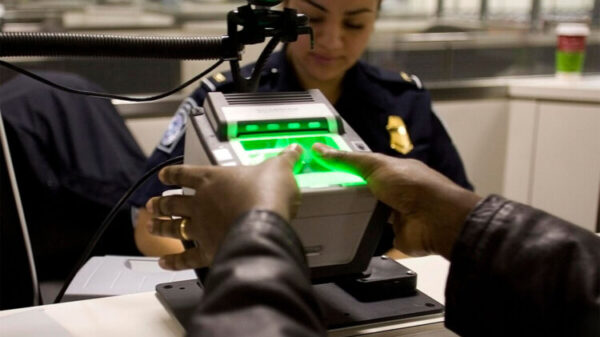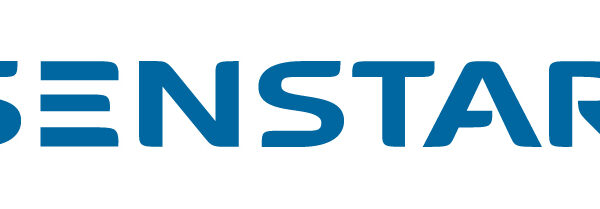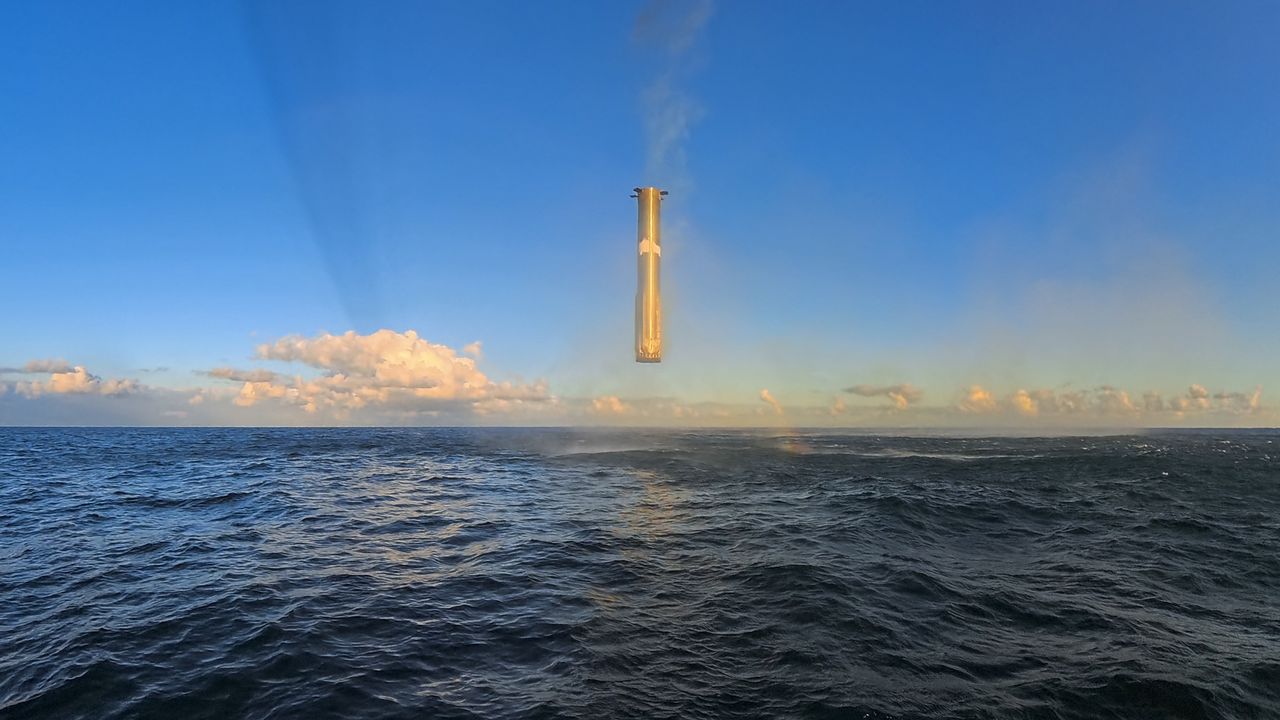SpaceX successfully executed the 11th test flight of its Starship rocket on October 13, 2025, achieving all mission objectives and demonstrating significant advancements in rocket technology. The flight showcased the final moments of the Super Heavy booster, which hovered briefly before plunging into the Gulf of Mexico, marking a pivotal step in SpaceX’s journey towards reusable space travel.
Highlights from Flight Test 11
The Starship vehicle consists of the “Ship” upper stage and the Super Heavy booster, which together stand at nearly 400 feet (approximately 122 meters). SpaceX aims to further enhance this design with an upgraded version known as Starship V3 in future launches. The recent test, conducted from SpaceX’s facility in South Texas, was particularly significant due to the challenges faced during previous test flights.
Following a series of setbacks over the past year, Flight Test 11, along with its predecessor, has restored confidence in the rocket’s capabilities. The company released stunning footage capturing the Super Heavy booster’s descent, illustrating its dramatic splashdown into the Gulf of Mexico.
During this test, the Ship upper stage successfully concluded its mission with a soft landing in the Indian Ocean, solidifying the flight as a comprehensive success. The booster, which experienced a brief flight lasting about 6.5 minutes, was only the second in SpaceX’s history to be reused, underscoring the company’s commitment to reusability in space exploration.
Future Implications for Space Exploration
The Starship program is pivotal to SpaceX’s vision of establishing a permanent human presence on Mars. CEO Elon Musk has estimated that achieving this goal will require over 1,000 launches and will depend heavily on the vehicle’s ability to land and launch repeatedly.
Furthermore, NASA has selected Starship to serve as the lunar lander for its upcoming Artemis 3 mission, aiming to return astronauts to the Moon for the first time since the Apollo missions in the 1960s and 1970s. This mission is tentatively scheduled for 2027, placing additional pressure on SpaceX to ensure the Starship is operationally ready.
Flight Test 11 also included the successful deployment of Starlink mass simulator satellites and a relighting of the Ship’s Raptor engines while in space. Notably, the test featured a new engine burn initiation sequence for Super Heavy during its deceleration and landing, demonstrating ongoing innovations in rocket technology.
While both stages are designed for quick recovery and turnaround at the Starbase, neither the Super Heavy booster nor the Ship upper stage returned for this mission. Previously, SpaceX has successfully captured the Super Heavy booster using large mechanical arms called “Mechazilla,” which are attached to the launch tower. An attempt to catch the Ship upper stage is planned for early 2026.
Overall, Flight Test 11 marks a significant milestone for SpaceX, demonstrating the potential of the Starship program and paving the way for future advancements in space exploration.





































































